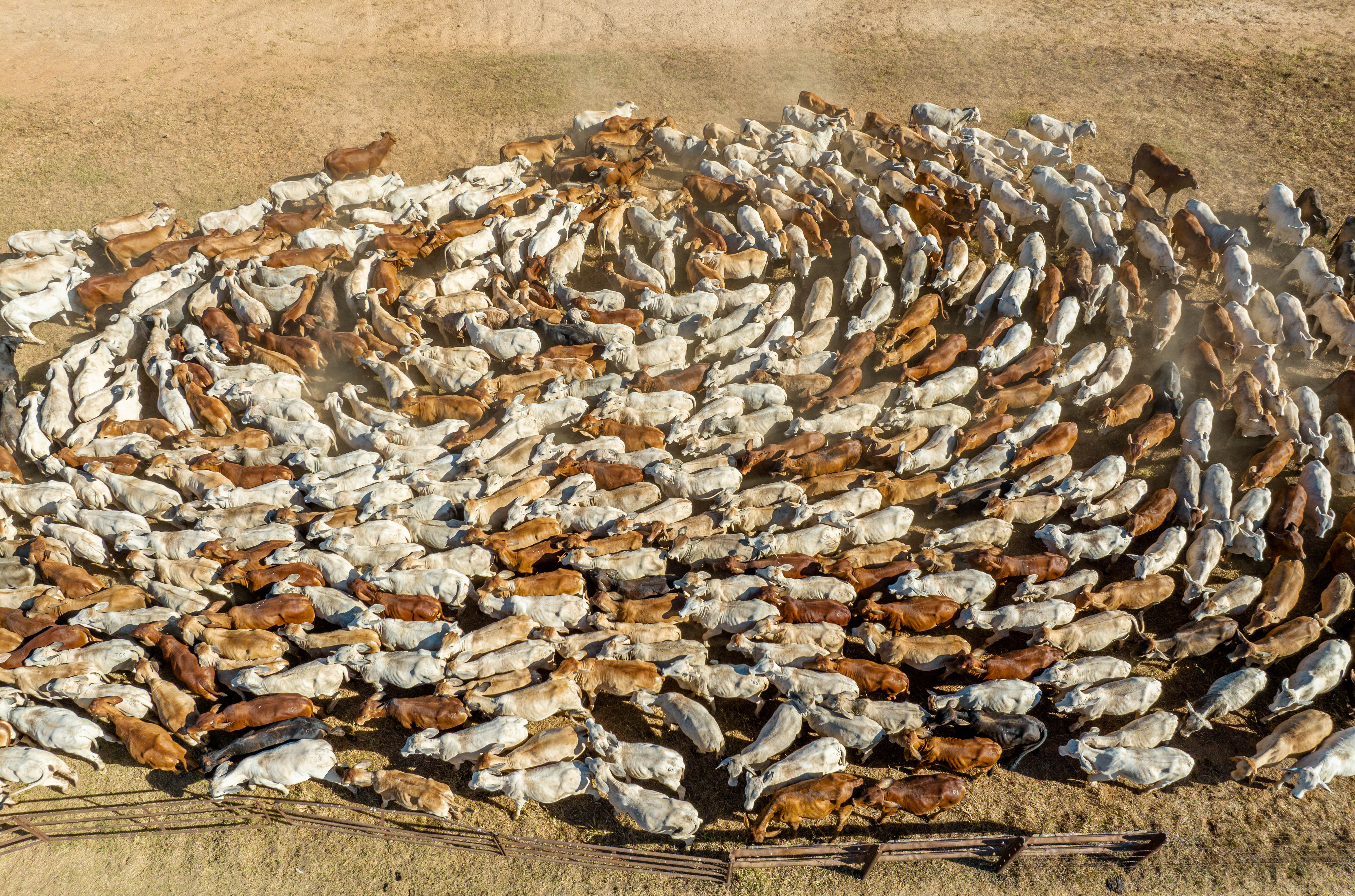The Australian Beef Market in 2025: An Absolute Cracker
In this column in July, the StoneX H2 2025 Australian Cattle & Beef Market Outlook’s bold calls were analysed and assessed for what the final 6...

The global beef market is poised to experience significant tightening in 2025, creating opportunities and challenges for the Australian red meat sector. This shift is underscored by changes in cattle herd sizes and beef production dynamics across the leading beef-exporting countries.
During 2024, the global beef export market was dominated by five key players, each with significant shares of the market. Brazil led the pack, commanding a substantial 27.8% of global beef exports. Following Brazil, Australia held a notable 14.7% share, positioning itself as a major player in the international beef trade. India, another significant contributor, was responsible for 12.7% of the exports. The United States also played a critical role, contributing 9.1% to the global beef export figures. Argentina rounded out the top five, with 6.6% of the market share. These countries collectively shaped the dynamics of the global beef market, influencing pricing and supply chains.

However, changes in cattle herds during the year impacted their production capacities across the top beef producing countries globally. Brazil experienced a 0.9% reduction in its herd due to climatic challenges and market conditions. Australia's herd decreased by 1.4%, following three years of positive herd growth. India's herd remained stable, maintaining its status as a significant global supplier. The United States saw a notable 1.9% decrease amid ongoing drought conditions, marking its fifth year of consecutive herd liquidation. Argentina also reported a 1.4% decline, influenced by local economic and policy volatility. Notably, across the top 16 beef producing nations only China and Mexico saw herd growth, by 2.9% and 0.4% respectively.

The trajectory for 2025 suggests continued variability in herd sizes among the top exporters. Brazil is expected to see a further 3.0% decline in its herd. Australia is projected to face a 2.0% reduction. Meanwhile, India's herd is forecasted to remain stable, suggesting a balance in its cattle industry. The United States is forecast to see a 1.3% decrease, pushing its herd to the lowest level in six decades. Argentina and Uruguay, on the other hand, are anticipated to experience increases in their herds by 0.8% and 3.9%, respectively, though Uruguay's increase follows a substantial drop in 2024. As was the case in 2024 there are only two nations out of the top 16 global beef producers that will see a herd rebuild phase next year.

These shifts in herd sizes are expected to keep beef production volumes low, thus maintaining high cattle and beef prices. This situation benefits not only beef but also alternative meat proteins, as consumers and suppliers seek more cost-effective options. The diminishing supply from other major exporting countries, especially the USA, which competes directly with Australia in key beef export markets like Japan, South Korea, and China, enhances the position of Australian beef. Additionally, the current pricing of Australian cattle, which is lower relative to U.S. values, bolsters Australia's competitiveness in the beef export market.
The Australian cattle sector has demonstrated resilience, expanding steadily from 2020 to 2023 to reach a peak of 30.6 million head in the last year—the highest since 2018. This robust growth, coupled with competitive pricing, puts Australian producers in a prime position to expand their market share as global supplies tighten.
To capitalise on these opportunities, the Australian red meat industry should explore new markets or expand in existing ones, particularly in Asia, India, and the Middle East. Further investments in processing capabilities to provide value-added products and a focus on sustainable farming practices will enhance the appeal of Australian beef and lamb to environmentally conscious consumers in the UK, US, and EU. As we look to 2025, the Australian red meat sector is well-placed to leverage the tightening global beef supplies.
Matt Dalgleish is a director of Episode3.net and co-host of the Agwatchers podcast.
.jpg)
In this column in July, the StoneX H2 2025 Australian Cattle & Beef Market Outlook’s bold calls were analysed and assessed for what the final 6...
.png)
Each December we save the last article of the year for a bit of a crystal ball gaze, as we try to bring together market fundamentals and work out...
.png)
Australia’s wool market posted another strong performance this week, with all micron categories attracting solid support across the three selling...